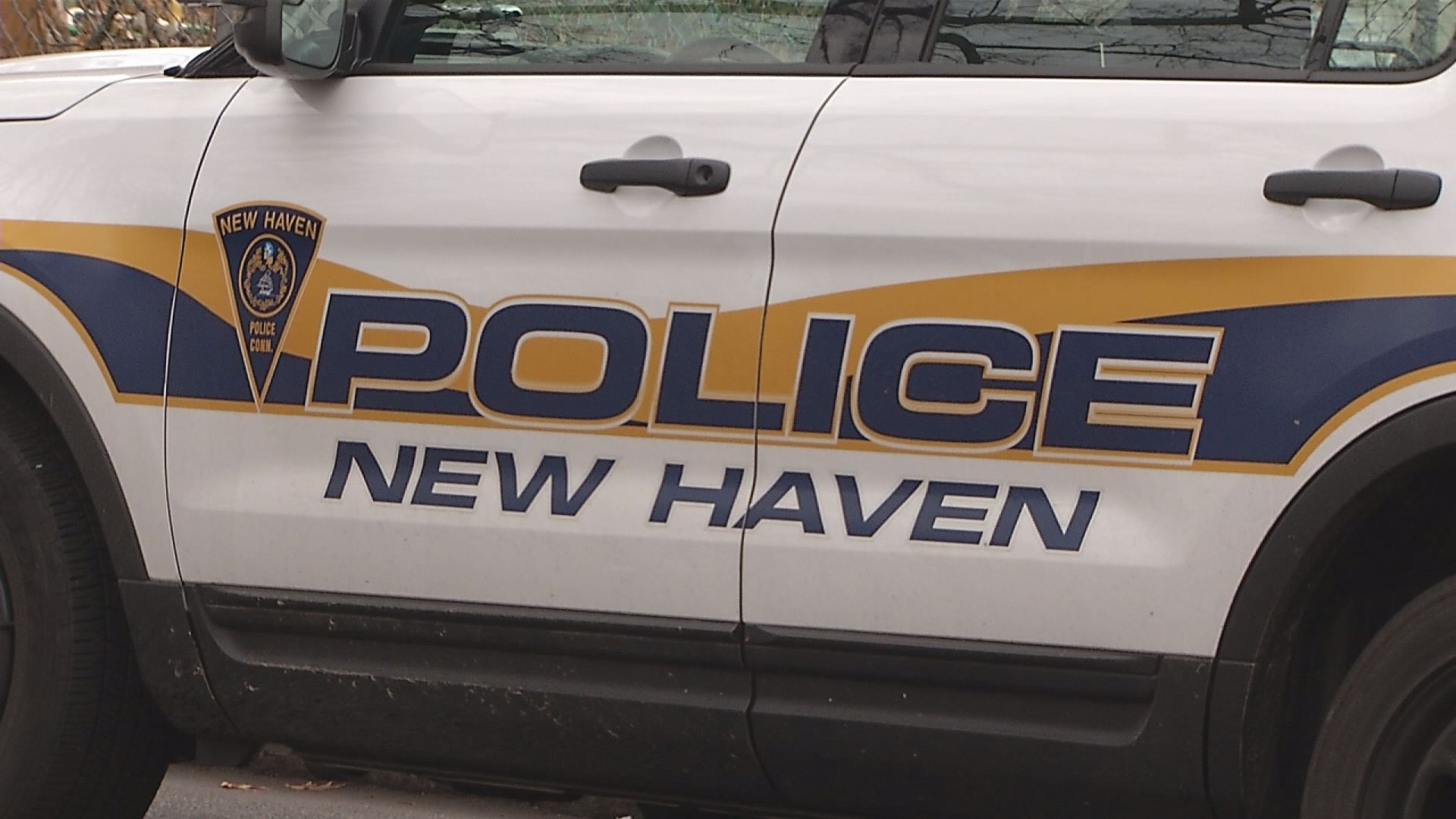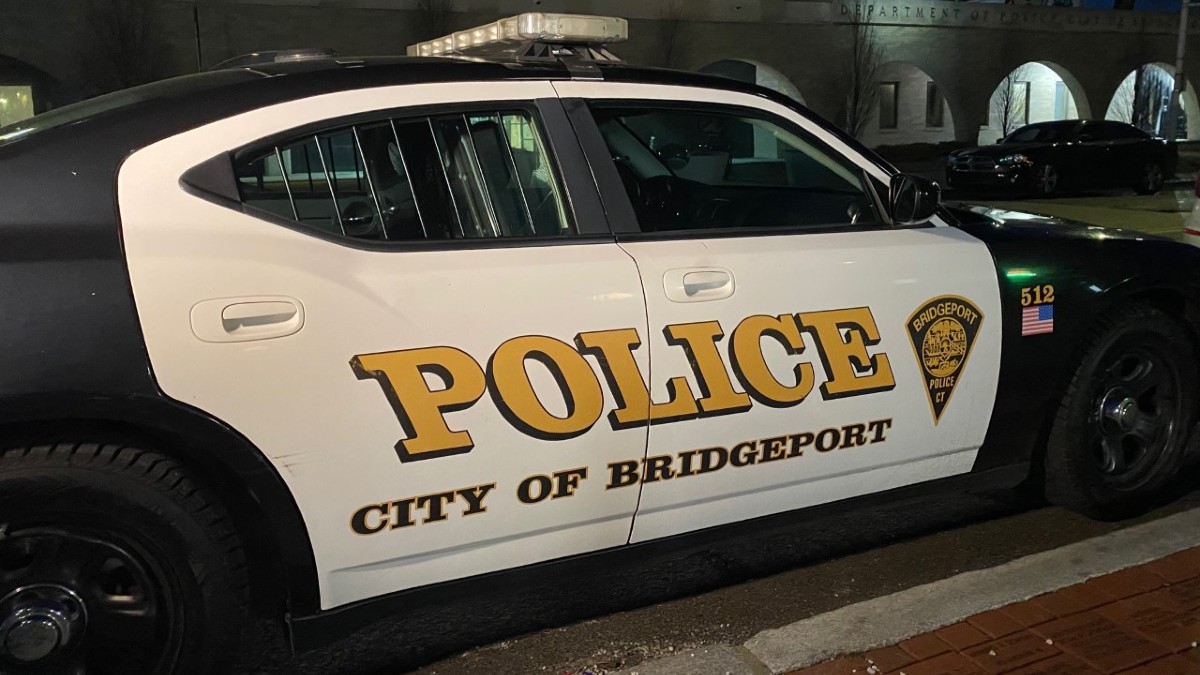A seventh Connecticut resident went before a federal judge in Washington, D.C. to hear the charges against him in connection with the breach of the U.S. Capitol on January 6 this week, and NBC Connecticut Investigates has learned that tips made by citizen investigators may have contributed to his arrest.
Such volunteers have made significant contributions to the FBI investigation into the events of that day, which has been called the largest criminal investigation in the agency’s history and so far has netted more than 650 arrests.
NBC Connecticut Investigates had some rare conversations with some of these citizen sleuths, and has learned some of their tips may have led to the latest arrest in Connecticut.
Most prefer to stay anonymous. They have devoted hundreds of hours tracking faces in the photos and videos taken during the January 6 riots.
Get Connecticut local news, weather forecasts and entertainment stories to your inbox. Sign up for NBC Connecticut newsletters.
People like Kay, a stay-at-home mom from Washington state, who agreed to speak with us via phone.
She said “I would say it takes up a lot of my evenings anywhere from 20 to 30 hours a week.”
Kay said she works with a variety of so-called January 6 “sedition hunter” groups but does not consider herself one. She and others create online video libraries that can be accessed by the FBI.
Local
She explained she has a keen eye and has helped by going through thousands of photos and videos available from that day.
“I personally don't do a whole lot of the actual identification work. What I do most of the time is I help track the people through the riot and I help find the faces. So, I’ve helped find the clear faces.”
A federal warrant says, in open-source video, Connecticut resident Jeremy Baouche, the seventh person from Connecticut charged November 10 by the feds, was among hundreds who illegally entered the Capitol.
In Baouche’s case, he is accused of calling into the megaphone, at least three times “whose house”, while people in the area responded, “our house” …as seen in video on January sixth inside the Capitol…when federal prosecutors say protestors entered illegally.
Citizen researchers have gathered videos like this and others to help federal investigators identify protestors.
NBC Connecticut Investigates has been unable to reach Baouche or his family for comment. He has not made a plea in this case yet.
We also met Tommy Carstensen from Denmark in a video chat.
“I never envisioned that I would spend so much time on it”, Carstensen said.
Right after January 6 he began one of a series of projects aggregating photos and videos of alleged participants on open-source platforms.
Carstensen said he and others set these up so people could filter the content for certain characteristics, and assemble a series of photos and videos of one particular person.
“It helped people that they could say, okay, I only want to know people with glasses, for example,” Carstensen said.
As for threats or intimidation from January 6 participants or sympathizers, both Kay and Carstensen say they haven’t experienced much.
Concerns about potential retaliation kept two other people from allowing us to record them at all. They spoke with NBC Connecticut Investigates about how they contacted the feds about a Connecticut man they recognized in January 6 photos who they believe breached the Capitol. We’re not identifying him since he hasn’t been charged.
(I pulled the bullet points because the way you wrote it works as actual sentences)
One of the tipsters is a Connecticut woman, the other, a man from out of state. One contacted the agency by phone January 6, the other via email in September.
Both considered the Connecticut man they saw in the January sixth photos a “casual acquaintance.”
The woman said she acted because she believed it was her “…responsibility to contact the FBI.” The man said he contacted the feds because, “Outrage motivated me to help any way I could.”
Ryan Reilly has covered January 6 and its aftermath for the Huffington Post.
”The best tips from people who knew individuals were in those very early days when images were everywhere.”
He’s writing a book about citizen volunteers, saying the help they provided, whether it was just a phone call or much more than that, has been significant.
Reilly said, “These online sleuths are essentially ghostwriting. A lot of these FBI affidavits, they're just pointing to this public evidence that they can go to and say, hey, here's an evidence. And the FBI doesn't have to say we're getting this from some super-secret source, they can just say, here's the public evidence, here's the public evidence, here's the public evidence, and sort of piece this puzzle together. “
The FBI declined our interview request but said in a statement… “The public has provided tremendous assistance…” and it’s “…asking for continued help to identify other individuals for their role in the violence at the U.S. Capitol.”
Federal documents indicate the feds believe there were more than 2000 participants on January 6, so the agency still has a lot of work to do.



